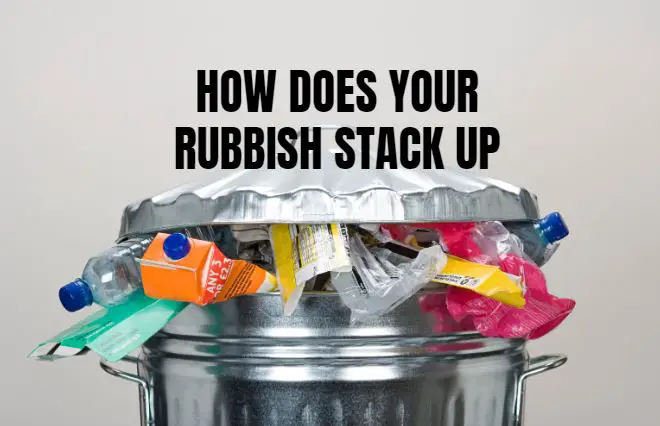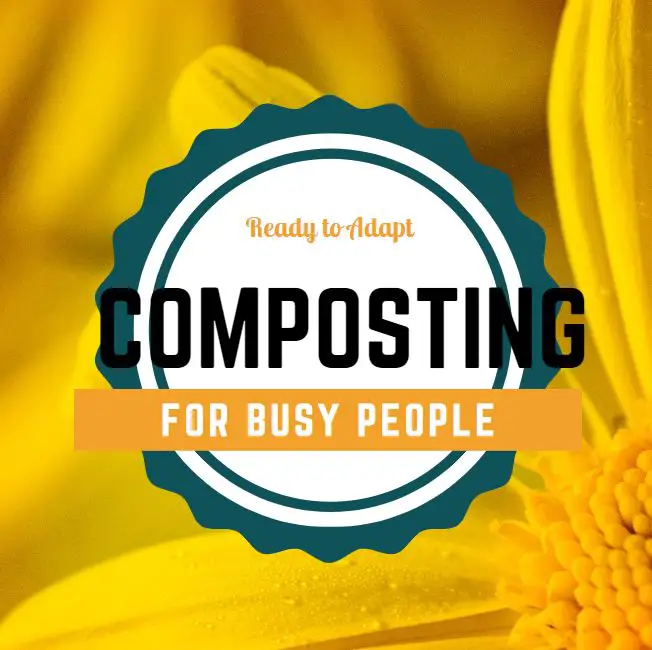
The impact of coronavirus on the world has been huge but the impact on recycling and waste has been massive. Rubbish is piling up around the world due to lockdowns and reductions in collection services. Our cities and neighbourhoods are becoming overloaded with trash and it has revealed just how vulnerable our waste cycle really is.
Changes in our lifestyles has drastically increased the amount of household waste and the amount of illegal dumping. It is time as global community we reconsider our waste streams and how we deal with them. Gone are the days of burning our back yard rubbish. Our planet is groaning under the weight of the rubbish we create.
One way of reducing the amount rubbish we generate is to be more conscious of our purchasing habits as well as how we will deal with the packaging things we buy come in. Imagine if the local municipality or council began asking you to manage your own waste instead of collecting it for you and pouring it into landfill.
What can we do
Doing an audit of your rubbish, pantry, or refrigerator is a great way to really look at your impact on the planet. I recently decided to do a pantry cleanout. Oh boy – I was amazed at how much plastic and packaging was in there. Now the impetus for doing this clean out was pantry moth. Something I had bought either had the little critters inside and I had a problem.
While clearing it all out shelf by shelf, I thought about how I had really let the team down in terms of the amount of rubbish or non-recyclable waste I had been purchasing. I had opened a pandoras box and I was drowning in it.
Doing a bin audit is powerful because it shows you the reality of your waste, and what habits you personally need to change. It’s an assessment of the ‘ins’ and ‘outs’ of your waste, an opportunity to analyse what comes into your home and understand where your waste goes. It’s your chance to assess where you are before implementing changes to reduce what you send to landfill. Let’s begin!
Getting Started
Decide which area you want to look at. Pantry, Rubbish Bin or Refrigerator it does not matter. What matters is that you are honest with yourself and that the steps you take are sustainable. No point doing this if you are not going to take actions that are easy and doable.
Rubbish
If you are going to do a full Rubbish Bin Audit I strongly recommend doing it outside and in an area that is not going to have your rubbish flying all over the neighbourhood in the wind.
Lay out a tarp and grab some gloves. You will need a pen and paper in order to take notes. Empty the contents of your bin onto the tarp. Sort them into categories – paper, plastic, food, glass, aluminium, mixed. Mixed items may include electrical goods and mixed packaging.
Are there any frequent flyers, eg. Things you buy regularly eg. takeaway cups, straws. Note these down on your list.
Is there a lot of food scraps or waste? Make a note of things that regularly end up in the bin.
Take a look at the recyclables are they correctly disposed of? Do you know what can be recycled in your area? Look up your local council or municipal authority to find out what is acceptable in your area.
Is there a recycling centre that will pay you for your bottles and cans? Did you know that in USA alone only 9% of recyclable materials are actually recycled?
Once you have gone through your rubbish and categorised it you will have a better idea of where your money is going and some potential changes you can make.
Pantry or Refrigerator
Going through your pantry or refrigerator can be a big job so take it in stages. Do one shelf at a time. On your notebook record any items that you think you might be able to purchase in bulk for decanting or that you might be able to use reusable containers for.
I was simply amazed at how much packaging was in my pantry. I started to decant and label things into jars and containers that I could reuse. Not only does this free up a lot of space but it made things easier to find and store.
It also generated a lot of rubbish. So it was then that I decided no more plastic will go in my cupboard. If I needed to restock I would use the containers to do it.
I had collected a stack of pasta sauce bottles to add to my preserving gear so I started there. Grab the kitchen scales and weigh each item with its lid on before you fill it. With a marking pen write on the container its empty weight. That way you can take it to the grocery store and fill it from the bulk supply stand direct to your container. You will know the approximate weight of the empty vessel and your storekeeper will likely weigh it again on their scales anyway. This is called tare weight.

Next make yourself some nice labels for each container and waterproof them by covering with plastic tape. If you need special instructions for the item cut them from the existing packaging to make a well-printed guide to stick to the bottle.
Restack your cleaned and tidy pantry or refrigerator grouping the items which ever way makes sense to you. For example – I keep all my bakery items in one area and pulses, dried beans etc in another. Make sure you can see the contents or the label for ease of finding them later.
Well done! Give yourself a pat on the back and enjoy your new found clutter free, rubbish reduced life.
Other ways to consider in managing your own waste include composting food scraps and other organic materials. Worm farms are great for this too.
Check out our article on composting here.



